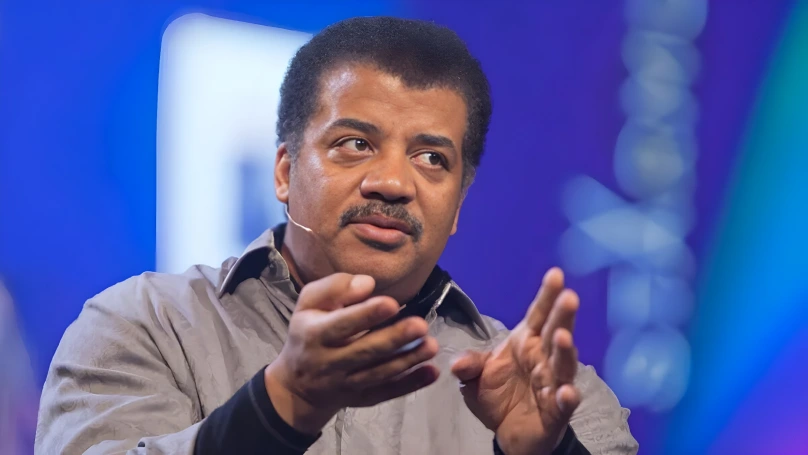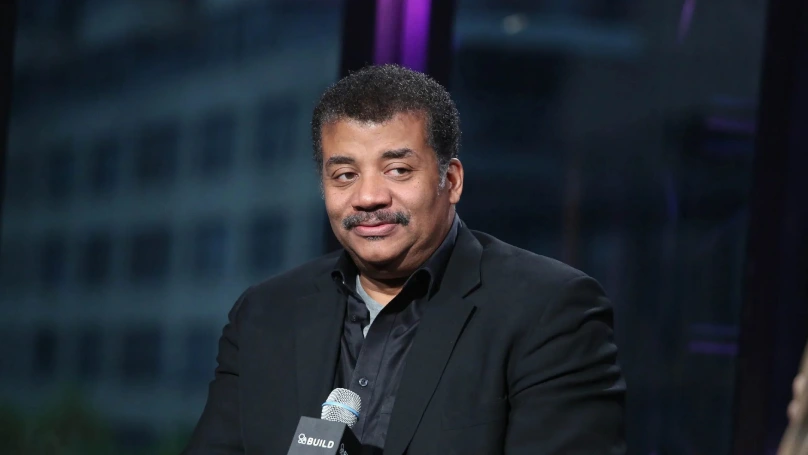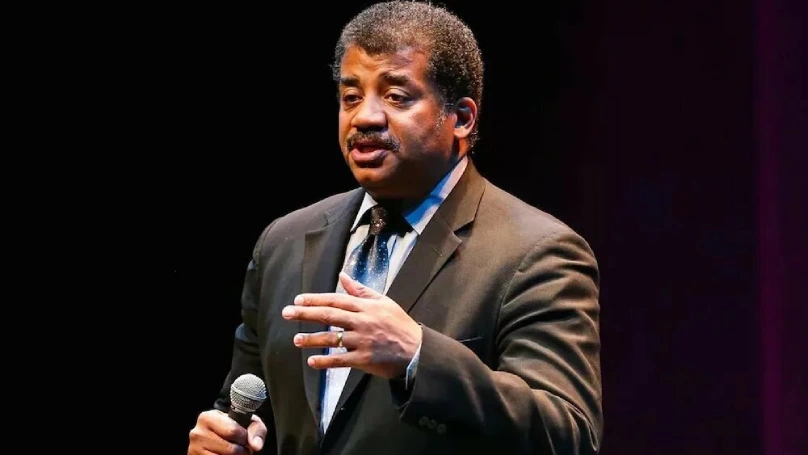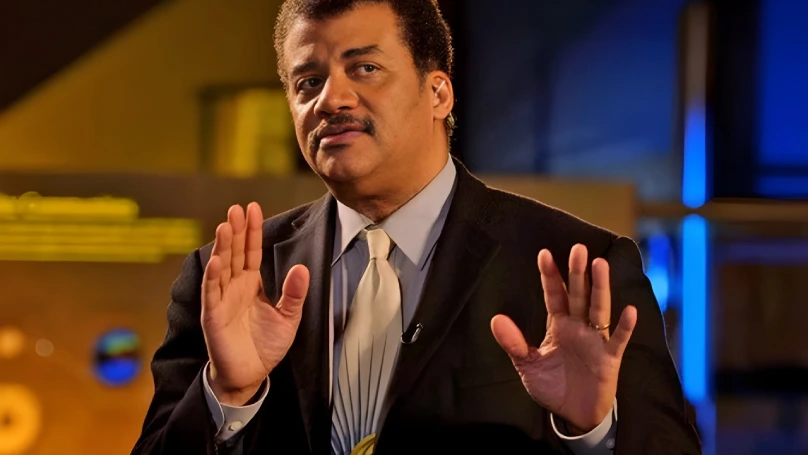An inspiring story from attracting a childhood delight at nine to an eminent astrophysicist and science communicator. The worth of Neil deGrasse Tyson is an estimated $5 million in 2025, while one can argue that this set of assets is a testimony to a multifaceted career stretching across academia, media, and literature. But how exactly did he manage to grow his wealth so far, and what is the implication of society’s concerning valuation of science and education?
This story explores the numerous sources of income contributing to Tyson’s net worth, from his daycare synergistic role at the Hayden Planetarium to bestselling books, television appearances, and more. We will dive into his infancy on the pages of his life, career achievements, and personal ventures contributing to his financial journey.
Whether a fan of Tyson’s work or merely intrigued by the economics of science communication, the entire expose brings together how passion and determination equal might and money.
In investigating the financial tapestry of Mr. Neil deGrasse Tyson, we come to cast light upon the nexus of science, media, and personal branding.
Early Life and Education
Neil deGrasse Tyson’s formative years and education put him on a clear path for a successful career in astrophysics and science communication. Tyson was born on October 5, 1958, in Manhattan, New York City; the second of three children from a family of educators and public servants. One of his parents, Cyril deGrasse Tyson, was a sociologist and human resource commissioner for New York City, while his mother, Sunchita Maria Tyson, was a gerontologist for the U.S. Department of Health, Education, and Welfare.
Tyson grew up in Castle Hill and Riverdale in The Bronx. He attended public schools and graduated from the Bronx High School of Science in 1976. He was a good student, captain of the wrestling team, and editor-in-chief of the school’s Physical Science Journal. He discovered his love for astronomy when he was nine years old after visiting the Hayden Planetarium, from which he said he received a calling to explore the universe. Following his passion, he took several astronomy courses at the planetarium during his teenage years, eventually falling under the wing of Mark Chartrand III, the director at the time.
On a personal level, Tyson met his wife, Alice Young, in graduate school at the University of Texas at Austin. They married in 1988 and have two children, Miranda and Travis. Although Tyson has a public persona, his family life is relatively private, emphasizing personal interests and personal paths for his children.

Revenue Streams
Neil deGrasse Tyson’s income is indicative of the complexity of his career as a science communicator. He derives most of his income from many different revenue streams as a result of working in very different fields, including research, media, publishing, and live speaking. This diversity indicates the versatility of Tyson himself but also shows how society values public engagement with science in all forms.
Following is a summary of Tyson’s major revenue streams:
| Revenue Stream | Description |
| Director, Hayden Planetarium | Salary from his leadership role at the American Museum of Natural History. |
| Book Royalties | Earnings from bestselling science books. |
| Television & Media | Hosting and appearances on science programs and documentaries. |
| Public Speaking | Fees for lectures and keynote speeches worldwide. |
| Podcasting | Income from the “StarTalk” podcast through sponsorships and advertising. |
| Consulting & Advisory Roles | Advisory roles for scientific organizations and media productions. |
| Social Media & Online Presence | Monetization through platforms like YouTube and social media endorsements. |
All of these sources of revenue translate to the net worth of Tyson, demonstrating his ability to reach various individuals via various media. Not only does his work inform the public about science, but also demonstrates how passion and communication can be turned into money.

Career Milestones
Neil deGrasse Tyson has achieved numerous career goals providing him recognition as the foremost science communicator. First, in 1991, Tyson earned his Ph.D. in astrophysics from Columbia University and became a postdoctoral research associate at Princeton University. Next, in 1994, he joined the Hayden Planetarium as a staff scientist, and then in 1996, Tyson was named director of the Hayden Planetarium. Tyson oversaw a development and reconstruction costing $210 million from 1996 to 2000.
Tyson is also influential outside of academia. He has hosted PBS’s “NOVA ScienceNow” and the award-winning series, “Cosmos: A Spacetime Odyssey,” a continuation of Sagan’s original series, in 2014. For his science communication work, he was awarded the NASA Distinguished Public Service Medal in 2004.
In 2009, Tyson launched the “StarTalk” podcast, merging science and pop culture, which was also adapted into a television series on National Geographic in 2015. He has had great success in presenting complex scientific concepts in understandable ways, making him a very popular figure in science literacy advocacy.
Book Royalties
Neil deGrasse Tyson’s success as an author has substantially lifted his overall net worth. Throughout his career, he has received an estimated $6 million in book royalties, and he has indicated that he donates a portion (or all) to educational programs and scholarships.
Tyson’s most accomplished book, Astrophysics for People in a Hurry (2017), sold more than 2 million copies and sat on the New York Times Best Seller for a year or more. Some of his other noteworthy books include The Pluto Files (2009), a very good look at Pluto’s controversy as a planet, and Death by Black Hole (2007), a collection of essays examining various aspects of syzygy.
Tyson’s ability to communicate complex scientific ideas to the public has not only increased scientific literacy but with it, Tyson has become one of the preeminent science communication figures. His writing continues to create curiosity and wonder about the universe.
Television and Media Appearances
Neil deGrasse Tyson’s involvement with television and media has grown significantly and enhanced both his public persona and personal wealth. Tyson’s ability to engage and entertain while distilling the meaning of a considerable range of scientific phenomena makes him a coveted host and guest across several formats.
Among his many hosting assignments, one of Tyson’s more widely known gigs was hosting the 2014 documentary series Cosmos: A Spacetime Odyssey, which was a reboot based on Carl Sagan’s original series. The reviews for Cosmos were overwhelmingly positive and the program introduced a new generation to the marvels of the universe.
Tyson is not only a host of Cosmos but also hosted StarTalk, a science-centered talk show that was on the National Geographic channel from 2015 through 2019. StarTalk blended science and pop culture and included interviews with celebrities, scientists, and comedians, which helped cement Tyson’s role as a science communicator.
Tyson’s appearances on the media extend beyond hosting. He has appeared in cameo roles on several television shows, such as The Big Bang Theory, Brooklyn Nine-Nine, and Family Guy, often playing himself, and showing his characteristic sense of humor and excitement for science.

Public Speaking Engagements
The paid lectures by Neil deGrasse Tyson became a revenue stream that no other science communicator had ever approached during the previous decade. As a public speaker, he was able to earn more than other experts and notable persons; he positioned himself as one of the most in-demand speakers around today. The combination of thoughtful subject matter, engaging writing style, and compelling delivery resonated with audiences across the many platforms where Tyson presented at university lectures, corporate events, science conventions, and other events.
While Tyson’s paid lectures are often focused on thematic areas such as space exploration, cosmology, and the role of science in society, they cater to audiences with wit and creativity. He is an entertainer and is masterful at weaving narratives, with time for humor and punchlines, combined with intriguing scientific detail, and thoughtful observations. Tyson’s audiences are equally entertained and enlightened.
Podcasting
Tyson’s podcast, “StarTalk,” is a unique mix of science, humor, and pop culture. The podcast provides money through sponsorships and advertising and makes somewhere between $20,000 and $40,000 a year, but Tyson’s popularity and success with his podcast resulted in a television show that brings in even more money.
Consulting and Advisory Roles
Neil deGrasse Tyson has been influential in a variety of consulting and advisory roles, giving his expertise to a combination of governmental and non-governmental organizations. Although these contributions have been primarily service, they have contributed to his impact and, perhaps indirectly, his bank account.
In 2001, Tyson was appointed to the Commission on the Future of the United States Aerospace Industry, and in 2004, he served on the President’s Commission on Implementation of United States Space Exploration Policy (the “Moon, Mars, and Beyond” Commission). These appointments were to provide counsel on national aerospace issues.
In 2006, the administrator of NASA appointed Tyson to the Advisory Council an official group formed to help NASA reconcile its lofty ambitions with actual budgets.
Tyson was invited to serve on the Defense Innovation Advisory Board in 2016, which was created by the U.S. Secretary of Defense, to help the Department of Defense apply innovative practices found in the private sector.

Social Media and Online Presence
Tyson has a large audience on Twitter and YouTube. He can make sufficient amounts of money on these platforms through sponsored content and advertisements. As well as making money, he is using digital platforms in a more impactful way by promoting awareness and advocating for science education globally.
In Conclusion
Neil deGrasse Tyson has a net worth of approximately $5 million as of 2025, which demonstrates a career in encouraging the public to engage with and receive science. As an astrophysicist, author, television personality and public speaker, Neil deGrasse Tyson has made strides in scientific literacy and has solidified his status as a primary waterslide in science communication.
Tyson has a wide variety of sources of income which contributes to his wealth. By being the Director of the Hayden Planetarium, Tyson has job security and earned income from his salary. Books, such as “Astrophysics for People in a Hurry“, sell considerably and provide considerable income from royalties.
Hosting Cosmos: A Spacetime Odyssey and participating in a variety of television, radio, and media appearances have propelled him into the general public consciousness and, by default, allowed for other sources of income to have exposure. Public speaking engagements pay handsomely; even podcasts generate revenue. Consulting and advisory work may not explicitly make him rich, but they add to his credibility and give Tyson invitations to different kinds of opportunities.







